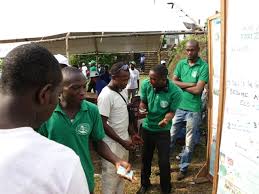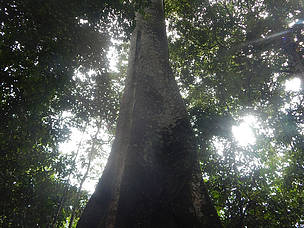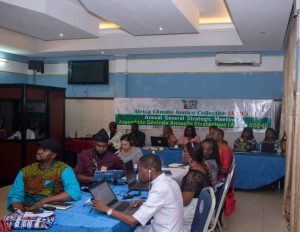
Story, Louvier Kindo Tombe
In Zimbabwe, more than 80% of the country received below normal rainfall during the last season. This, coupled with a naturally occurring weather phenomenon associated to a disruption of wind patterns provoking warmer ocean surface temperatures and induced drought is known as “El Nino“.
“The El Nino has greatly affected agriculture in the country to a point where we are not expecting great yields from the farms this season,” says Bridget Masikati, from the Women and Land organization in Zimbabwe.
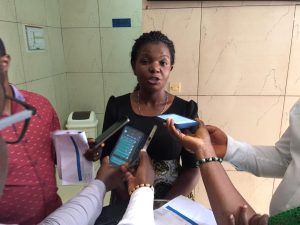
She was speaking recently in Cameroon during the third Annual General Strategic Meeting of the Africa Climate Justice Collective (ACJC).
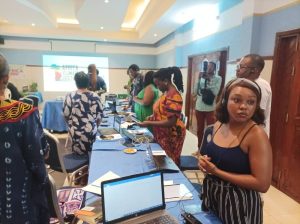
The meeting hosted by Green Development Advocate held in Yaounde from April 16 to 19, 2024. During the deliberations, the ACJC members reviewed the performance of the collective in the past years and identified opportunities to improve their works.
“We have managed to grow as a movement in terms of membership. We started with 17 organizations and now count 27 active organizations in the collective,” says Rumbidzai Mpahlo, Coordinator of ACJC.

“We have also been able to come up with the African people’s counter cop, which is a space in which we showcase what different communities are experiencing, resilient efforts and the impact in their communities.”
The AGSM was equally an excellent opportunity for the members to adopt a road map for 2024 and means of raising funds for their respective climate activities.
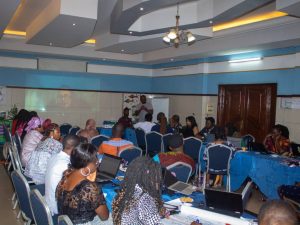
Coming from various countries, the mambers had the opportunity to live the Cameroon experience of climate change effects during a field visit to Batchenga, a locality in the Centre region.
Climate change in communities
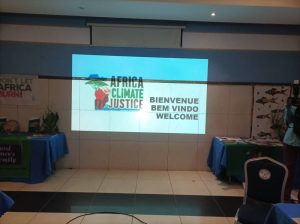
The ACJC is a progressive link of Africa Climate Justice movements. It helps to place African communities, initiatives and African people at the fore front in climate change issues. This because most global solutions at times ignore African specificities.
“Most climate solutions are not helping the African communities and are not addressing the needs of the continent. That is why we are both supporting each other in the work that we are doing,” says Rumbidzai Mpahlo.
The Zimbabwean experience with El Nino is a clear example of how communities are responding to climate issues, given that besides the decision from the President of the Republic, civil society organizations are actively mitigating the situation.
“Women and Land in Zimbabwe is one of such organizations capacitating rural women on how to respond to the adverse situation,” says Bridget Masikati.
The situation in Zimbabwe is similar to what is lived in other African communities, reasons why the ACJC has its place.
“ACJC Helps us organize our ideas to advocate properly,” says Claude Evny Masanga MOUSSADJI, from MUYISSI Environment in Gabon.
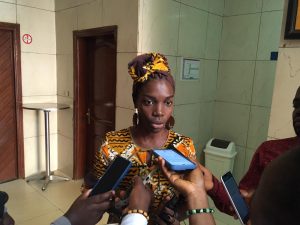
According to Claude Evny, climate change affect communities differently, implying that “the interest on climate justice is, and should be a collective interest”.
“We are obliged to carry on the mitigation because our lives depend on it,” she said.
South Afirca on its part depends mostly on coal and coal is greatly polutted, reasons why civil society organizations like WoMin African Alliance are leaving no stone unturned.
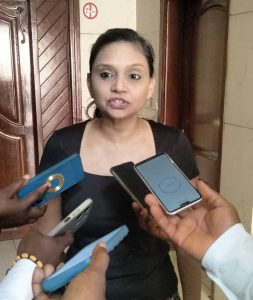
During the meeting, it was agreed that mental health is real among climate activists whose focus is not on themselves but on their communities.
“Once the wellness is affected the mental health is affected and they can not deliver fully,” Rumbidzai told News Upfront.
Before seperating in Yaounde, ACJC members agreed to request governments to step in with firm commitment aimed at protecting forests and mitigating climate change effects.



